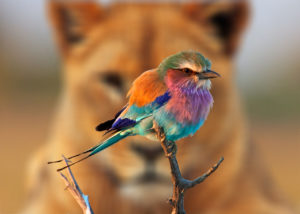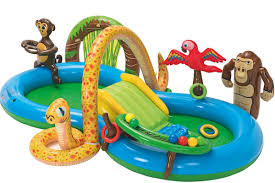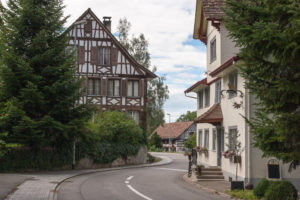Upon arrival there was an international incident concerning the binoculars. A little known fact is that in Jordan binoculars are right up there with machine guns and grenades as instruments of war. Security was called, and under intense questioning and promises of never ever to take my binoculars out of my suitcase no matter how many interesting birds were flying past, and much swiping for powder traces, and much examination of the stamps and visas in my suspicious Swiss passport, I was finally allowed into the kingdom.
Aqaba town is small and in a state of arrested development. There are mom-and-pop shops selling blown up plastic buoys and sea-horses. These are known as “swimming tools.” There are relaxing terraces under mimosa trees where men lounge around with their bubbling hookahs. There is a faint smell of petroleum in the air.
Restaurants are quite friendly even though there are no alcoholic refreshments to be had. Sometimes there are no toilets or hot drinks to be had either. The filled falafels and flat breads were delicious.
 And then came the highlight of our short sojourn—our one day road trip to Petra. The rental was picked up the evening before; a boxed breakfast was arranged; and we set out in the deep dark before dawn for the 2-hour drive north.
And then came the highlight of our short sojourn—our one day road trip to Petra. The rental was picked up the evening before; a boxed breakfast was arranged; and we set out in the deep dark before dawn for the 2-hour drive north.
Now, I really should have been paying more attention to the Aqaba population stocking up on Chinese quilts, blankets, ski jackets, hats, mittens and Bedouin fleece-lined capes the day before. Something was definitely up.
As it turns out, I guess I must be about the only tourist in the whole wide world (except perhaps for Lawrence of Arabia who was busy waving a switch and riding a camel side-saddle) who has travelled long and hard to Petra and has not had her picture taken in front of ANYTHING. Not the Treasury, not the Monastery, not the Theatre, not even a donkey.
I didn’t even really SEE the towering sandstone carvings as my glasses were so wet and fogged-up due to the driving sleet and rain. The mists were hanging low over the biblical wilderness. You couldn’t actually look UP as drowning was a hideous possibility.
Before the camera got totally water-logged and gave up the ghost, there is one scowling snap of me wearing a too-small “one-size-fits -all” blue plastic raincoat bought from the souvenir stand for about $600. (US) (The umbrellas were double that.) It stopped well above my knees.
My pants were frozen, sodden and sticking to my legs; my fingers were like carrots wrapped around my walking sticks; I am standing ankle-deep in the river running down the Siq to the wonder-of-the-world Nabataean necropolis. The temperature is hovering just below zero degrees. The High Place of Sacrifice was snow-dusted.
Arriving at the centre of the site we were met with filthy-tempered drenched camels and unmanned souvenir stalls. The colourful painted bowls were overflowing with ice-water and the head-scarfs hung sodden and dripping.
I have surprisingly fond memories of Jordan in January. We might even go back.








